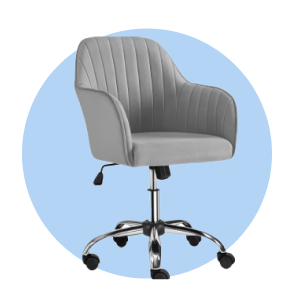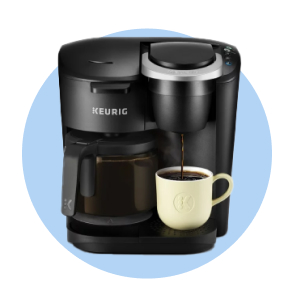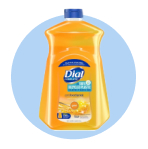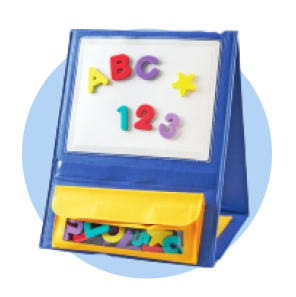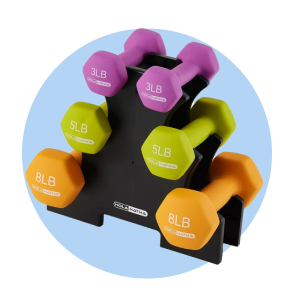
How to Find the Best Office Shredder for Your Business
The right way to shred
When it’s time to destroy paperwork, an office document shredder is a fast, efficient way to do it—if you have the right one. Before you buy, it’s important to consider what you’ll be destroying and why. The answers will influence the kind of shredder that makes the most sense for your business. With that in mind, let’s take a closer look at what businesses can do to find the best office shredder for the workplace.

Before you shred, start with the basics
The first step in choosing an office shredder is defining exactly how it will be used. Different shredders come with different security levels and features, each of which raises the price point. That’s why it’s important to define exactly what the shredder is needed for by considering the following points:
- How many documents will you shred? Will you use the shredder daily? Or is it intended for a large-scale document cleanup?
- How sensitive is the information? Whether your documents contain personal details or confidential information, consider how damaging it might be if released to the public.
- How much shredder space is available? A large-scale shredder with an oversize bin will need more room than a personal shredder attached to the garbage bin under your desk.
There are 3 main office shredder categories
Strip-cut shredders are the most common model, which slices paper into long, thick strands. These shredders will destroy documents, but the remnants can be restored if someone puts their mind to it. They’re best used for personal papers and junk mail.
Cross-cut shredders, meanwhile, have a primary blade that cuts the paper’s length and a secondary blade cutting its width. The debris from these shredders leaves behind small chunks that are difficult to read and harder to reassemble than strips.
Finally, micro-cut shredders are similar to cross-cut models, but designed to slice paper into the smallest possible fragments. They are typically intended for government agencies and large organizations to dispose of highly sensitive documents.
Office shredder security levels
For more precise definitions, shredders also have security levels based on DIN 66399, an internationally recognized data disposal protocol. Each of the seven ratings generally aligns with a shredder type, but also defines the maximum size of paper debris.
- P1: Strip-cut, half-inch width
- P2: Strip-cut, 6mm width
- P3: Strip-cut with 2mm width or cross-cut with 320 mm2 fragments
- P4: Cross-cut, 160 mm2
- P5: Micro-cut, 30 mm2
- P6: Micro-cut, 10 mm2
- P7: Micro-cut, 5 mm2
These security levels scale up to match the sensitivity of any information a shredder must destroy. P1 shredders are designated for personal use and general documentation, while P7 applies to classified and top-secret documents. In most cases, the price of a P7 model will also be much higher than lower tiers.
One detail that isn’t apparent here is that shredder speed may decrease as the security level increases. That’s because each cut increases the time needed to shred a document. Pay special attention to shred speed alongside the security level if timeliness is a factor.

Digging into your shredder’s features
Paper width
Since paper comes in a variety of sizes, shredders must also be able to accommodate them. While feeders with letter-size entry points will be fine for most offices, you’ll need something bigger if you want to shred high volumes of A3 and wider paper. If you’re only shredding a small number of these pages, simply folding them in half before shredding them will be fine in most cases.
Capacity
When considering shredder capacity, there are two factors to keep in mind—sheet capacity and bin size. A shredder’s sheet capacity refers to how much paper it can hold and process at once, with or without an auto feeder. Bin size, on the other hand, is the amount of paper debris the shredder can hold, which is measured in gallons. Both are important for estimating the number of documents an office can reasonably dispose of.
Remember that you don’t necessarily want the largest shredder bin size you can afford. Paper is still quite heavy even after it’s been shredded into strips. While larger bins won’t need to be emptied as frequently, they will also be much more difficult to lift when that time arrives. Try to strike a balance between the number of documents you’re shredding, how quickly the bin fills and the volume of debris you’ll need to dispose of. A smaller shredder that attaches to a recycling bin will still be perfectly suitable if it meets all other requirements.
Noise level
Shredders aren’t exactly pleasant to listen to, and the noise can become disruptive when shredding lots of paper at once. Shredder noise isn’t necessarily harmful—even an industrial-size shredder produces 80 decibels of sound, which is slightly quieter than freeway traffic. Smaller office shredders, on the other hand, will produce sounds in the 50 decibel range across shorter bursts. If you must use an industrial shredder, place it somewhere that will cause minimal disruption.
Jam prevention
Paper jams are frustrating enough when they happen in your printer or photocopier. They’re even worse when they occur in a shredder that’s supposed to be disintegrating the paper! Jam prevention technology can help by monitoring the material entering the feeder and reversing the feed before it gums up the machinery.
Non-paper shredding
Paper shredders can often shred more than paper documents—some are powerful enough to grind up DVDs, credit cards and other thick materials. If you store sensitive information on these materials, try to focus on shredders that can handle thick materials. However, if you already have a shredder, don’t put anything other than paper into the feed until you’re certain it can handle it!
Walmart Business has your document needs covered
Thankfully, knowing where to get the right office shredder isn’t protected information. Walmart Business has a full selection of strip-, cross- and micro-cut shredders to meet your document disposal needs. What’s more, signing up for Walmart Business+ will grant access to free shipping,1 free delivery from store on orders over $352 and 2% rewards back for purchases over $250.3 That can add up to a savings of over $500 a year.4 Learn more here.
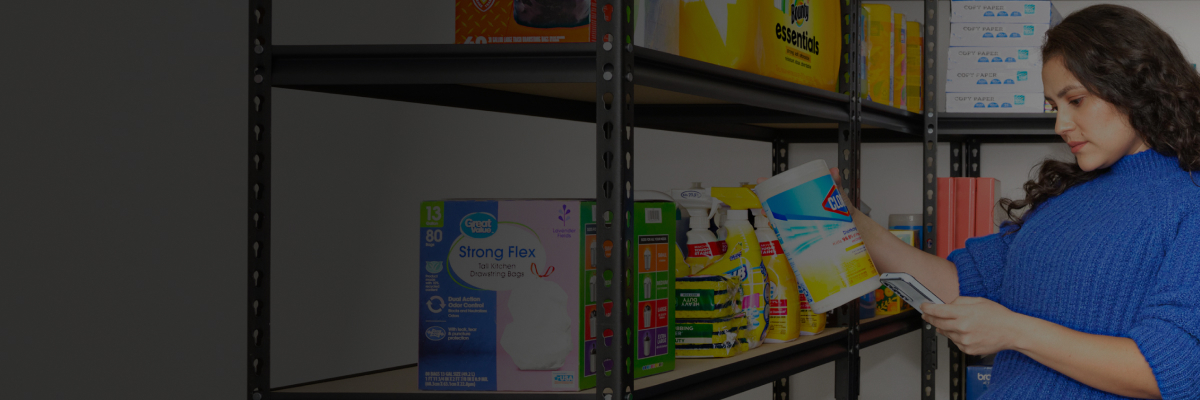
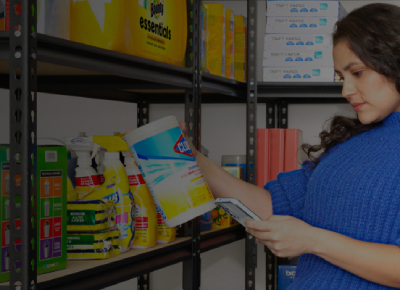
Limited-time offer
Unlock your special promo code
Stay informed on Walmart Business news & get $20 off a $100 purchase!1
1Minimum order of $100. Promo code can be used one time & may not be combined with other offers. Offer not transferable & void where prohibited by law. Customer responsible for all applicable taxes. Offer expires 12/31/2025 at 11:59pm PT. Further restrictions apply. See terms at checkout for details. Promo code offers available in limited quantities. While supplies last.
1 Excludes most Marketplace items, freight and certain location surcharges.
2 Restrictions apply.
3 Rewards can only be used toward future purchases on Walmart Business. Additional terms apply.
4 Savings based on 1 free $35+ delivery order vs. $9.95 fee and 1 free shipping order under $35 vs. $6.99 fee biweekly, plus 2% Walmart Business Rewards on monthly order >$250 (average value of $400).
Exciting news awaits
Hear firsthand about new products, features & promotions.
By clicking submit, you agree to receive emails about Walmart Business and acknowledge you have read and agreed to our Terms of use and Privacy Policy.



